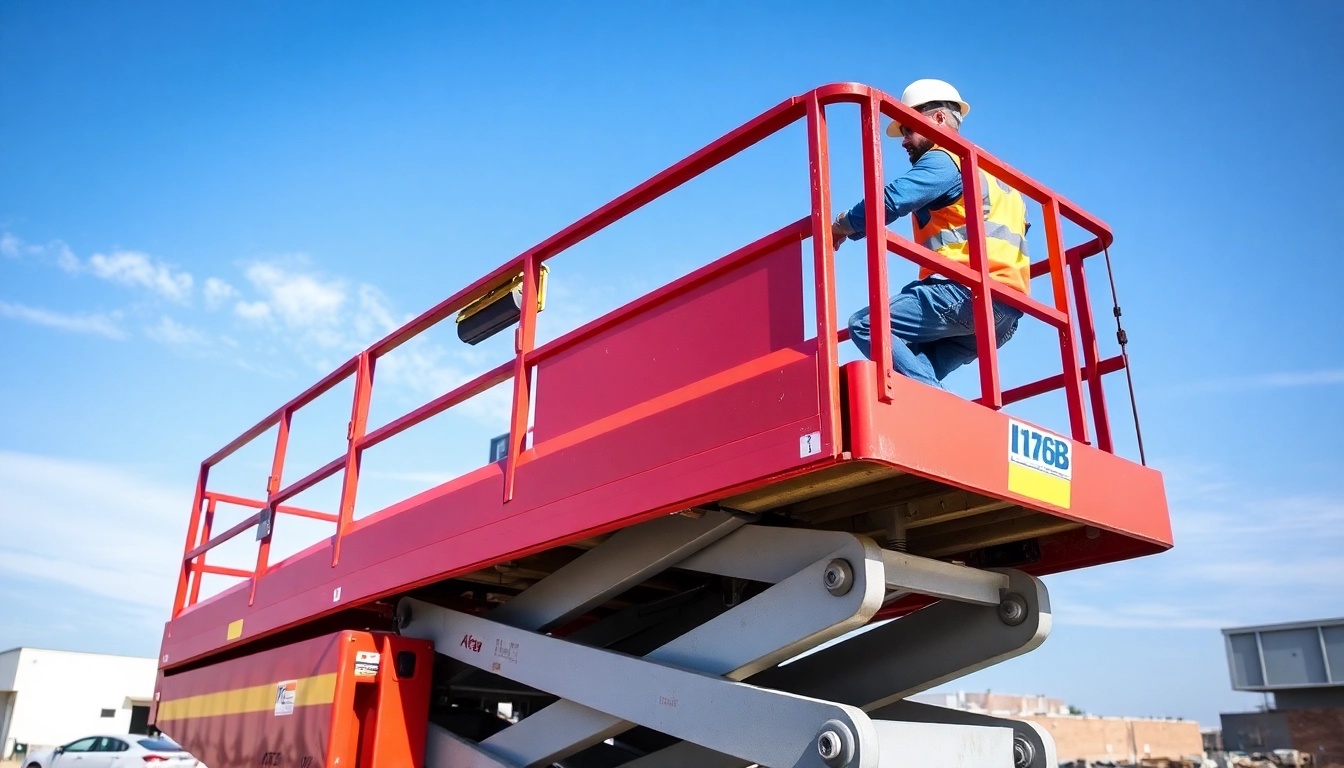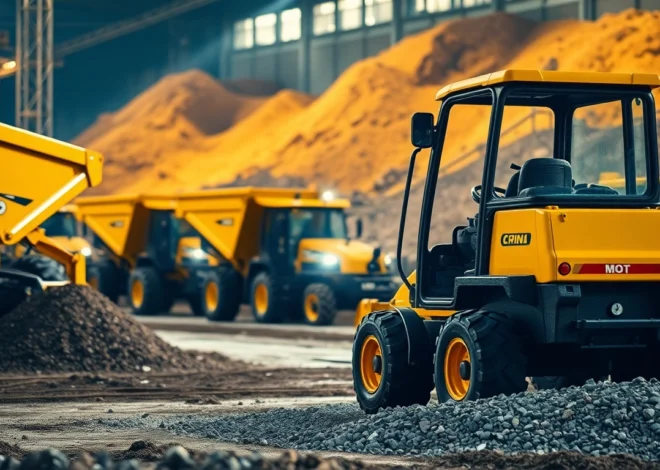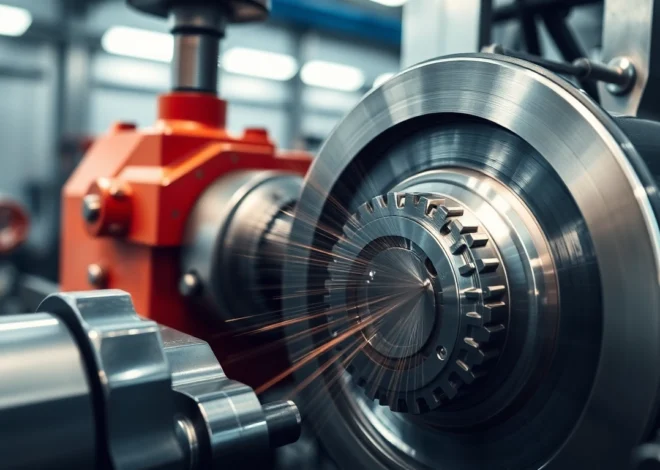
Top Reasons to Choose Our Scissor Lift Rental for Your Construction Projects
Understanding Scissor Lift Rental: Types and Applications
In the dynamic landscape of construction, maintenance, and industrial operations, access to elevated work areas is crucial for safety, efficiency, and productivity. Among the most versatile tools designed for this purpose are scissor lift rentals. These aerial work platforms provide safe and stable access for workers at various heights and are integral to numerous sectors from building renovations to warehouse operations. To maximize their utility, it’s essential to understand the different types of scissor lifts, their applications, and how best to select the right equipment tailored to your project’s needs.
Indoor vs Outdoor Scissor Lifts
One of the fundamental distinctions in scissor lift selection pertains to their suitable working environments—primarily indoor and outdoor settings. Indoor scissor lifts are designed with features optimized for confined spaces, smooth surfaces, and limited access. Typically, they are electric-powered with compact footprints, zero-emission operation, and maneuverability suited for factory floors, retail outlets, stadiums, and maintenance tasks within enclosed areas.
Conversely, outdoor scissor lifts are engineered to handle uneven terrains, external weather conditions, and longer operational distances. These models often feature rugged tires, higher ground clearance, and diesel or hybrid engines to ensure durability and capacity under demanding conditions such as construction sites, outdoor festivals, or infrastructure projects.
Rough Terrain and Hybrid Models
For projects that require traversing rugged or uneven surfaces, rough terrain scissor lifts are indispensable. They combine powerful hydraulic systems, articulated tires, and robust chassis to navigate debris, slopes, and uneven ground safely. These lifts are often diesel-powered, providing the necessary torque and resilience for extended outdoor work.
Hybrid models have emerged as a progressive solution, blending electric and diesel power sources. They offer a versatile option, often used in environments where emission standards are strict, or quiet operation is preferred. Hybrid lifts maximize efficiency by switching power modes based on operational conditions, providing eco-friendly solutions without compromising power or load capacity.
Common Use Cases Across Industries
Scissor lifts serve a broad spectrum of industries and applications. Construction companies utilize them for building, painting, or installing façades, ensuring safe access at precise heights. Maintenance and facilities management often depend on these lifts for electrical, plumbing, or HVAC repairs on high ceilings or external walls.
In the event management sector, they facilitate safe setup of lighting, decor, or signage at elevated levels. Warehousing and logistics companies rely on scissor lifts for inventory management, shelving, or equipment maintenance. Moreover, retail stores use them for installing large displays or lighting fixtures, showcasing their versatility and indispensable role in modern business operations.
How to Select the Right Scissor Lift for Your Needs
Assessing Height and Load Capacity Requirements
Precise assessment of your project’s height and weight demands is the cornerstone of effective scissor lift selection. Identify the maximum working height needed, including a safety margin to account for worktools, operator movement, and safety protocols. Ensure the lift’s platform height exceeds your highest point of work by at least 1-2 meters for safe operation.
Similarly, evaluate load capacity meticulously. Consider not only the weight of personnel but also tools, materials, and any equipment required during tasks. Modern lifts specify maximum payloads—matching your operational needs prevents overloading, which can compromise safety and performance.
Choosing Electric, Diesel, or Hybrid Models
The choice of power source hinges on the work environment and environmental regulations. Electric models excel indoors or in areas demanding zero emissions and quiet operation. They typically feature batteries with sufficient capacity for a full work shift, requiring minimal maintenance.
Diesel-powered lifts deliver high power, durability, and are well-suited for rough terrain and outdoor applications. They also tend to have higher operational ranges, making them appropriate for expansive sites.
Hybrid options offer a compromise—ideal for outdoor environments where emissions regulations are tightening, or quiet operation is beneficial. They enable efficient switching between power sources, optimizing fuel use and reducing environmental impact.
Factors Influencing Rental Costs and Duration
Rental costs vary based on the lift’s specifications, rental duration, location, and supplier policies. Generally, electric lifts may present a higher upfront rental fee but lower operation costs due to electricity usage, whereas diesel models could be cheaper initially but incur higher fuel expenses.
Long-term rentals often benefit from discounted rates, esting on the project’s duration. Short-term or one-off hires are more expensive per day but offer flexibility. Additionally, consider ancillary costs such as delivery, setup, insurance, and maintenance. Proper planning ensures cost-effective hiring aligned with your project timelines and budget constraints.
Best Practices for Safe and Efficient Scissor Lift Operation
Pre-Use Inspection and Site Setup
Prior to operation, conduct comprehensive pre-use inspections to identify mechanical issues, fluid leaks, tire integrity, and safety features like emergency stops and guardrails. Verify the stability of the ground where the lift will operate, ensuring level surfaces and sufficient clearance around the equipment. Adequate site setup includes setting up barriers, signage, and ensuring unobstructed access routes.
Operator Training and Safety Protocols
Only trained and certified operators should handle scissor lifts. Training should encompass safe operation procedures, load limits, emergency shutdown protocols, fall protection requirements, and weather considerations. Regular refresher courses enhance safety awareness, reducing accident risks on site.
Maximizing Productivity and Safety Compliance
To maximize productivity, plan work sequences to minimize frequent repositioning of lifts, and ensure all tools are secured to prevent falling objects. Adopt a workplace safety culture by encouraging reporting of hazards and adherence to PPE standards—helmets, harnesses, and high-visibility vests. Use safety checklists and ongoing monitoring to ensure ongoing compliance and operational excellence.
Cost-Effective Strategies for Scissor Lift Hire
Comparing Rental Providers and Maintenance Plans
Thoroughly evaluate providers based on equipment quality, rental terms, customer support, and maintenance policies. Reliable companies offer well-maintained machinery, reducing downtime and repair costs. Opt for providers offering comprehensive maintenance plans that include regular safety checks, repairs, and availability of replacement equipment if needed.
Long-Term vs Short-Term Rental Options
Determine the optimal rental duration based on your project scope. Long-term rentals may offer significant discounts and priority support, suitable for ongoing projects or multiple phases. Short-term rentals provide flexibility and can be more economical for one-off tasks or limited durations.
Tips to Minimize Downtime and Unexpected Expenses
Implement detailed planning and inventory management to avoid last-minute rentals. Schedule preventive maintenance and inspections to prevent unexpected breakdowns. Maintain clear communication with rental providers for swift support and replacement if issues arise. Proper user training minimizes operational errors that can lead to costly repairs or delays.
Maximizing Project Outcomes with Expert Rental Services
How Professional Rental Companies Tailor Solutions
Leading rental companies conduct comprehensive site assessments to recommend suitable equipment configurations and additional safety accessories. They offer flexible delivery, setup, and retrieval services, ensuring minimal disruption and maximum efficiency for your project timelines.
Ensuring Equipment Reliability and Support
Partnering with reputable providers guarantees access to well-maintained, certified equipment backed by technical support. Emergency assistance, routine inspections, and on-demand servicing reduce operational risks and enhance safety compliance.
Customer Success Stories and Industry Insights
Case studies indicate that projects utilizing professional scissor lift rental services experience fewer delays, improved safety records, and cost savings. For example, a recent commercial renovation project in London reported a 20% reduction in time-to-completion after switching to a trusted rental partner providing tailored equipment solutions and expert support.

